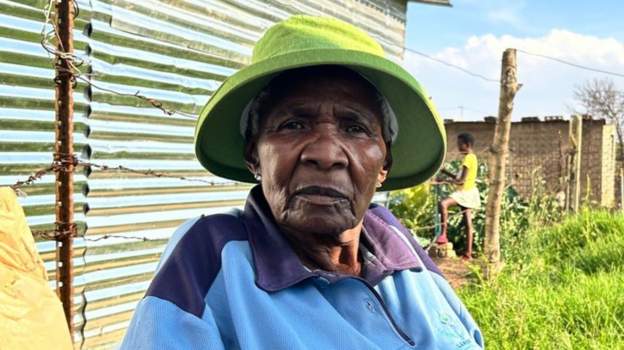Thirty years after Nelson Mandela’s government took over and introduced a policy to build low cost houses in South Africa, millions of people still live in shanty towns.
The idea behind the initiative, known as the Reconstruction and Development Programme (RDP), was to reverse the devastating legacy of apartheid.
Although the RDP policy successfully delivered more than three million homes for the poor, factors like population growth, rapid urbanisation and internal migration have contributed to its regression.
One of those who’ve been living in a Soweto shanty town since the mid-1980s, is 76-year-old Lala Maria Sebetlele.
“We were told to patiently wait here because they will help us. But they never did. They promised to build houses, install electricity and fix roads,” she tells BBC Africa Daily.
She says life in a shanty town is “unbearable”.
“You have to be a resilient person to survive. There’s no electricity. The roads are almost non-existent. On sunny days, the shack gets too hot. You can’t stay inside. When it’s cold, it gets very cold. When it’s raining, it gets flooded.”
The South African government blames the scarcity of resources, saying there are many competing priorities.
In an attempt to help ease the accommodation burden, the University of Johannesburg has come up with an initiative of its own, using a highly sophisticated 3D printer that constructs a fully-fledged house in about 10 hours.
